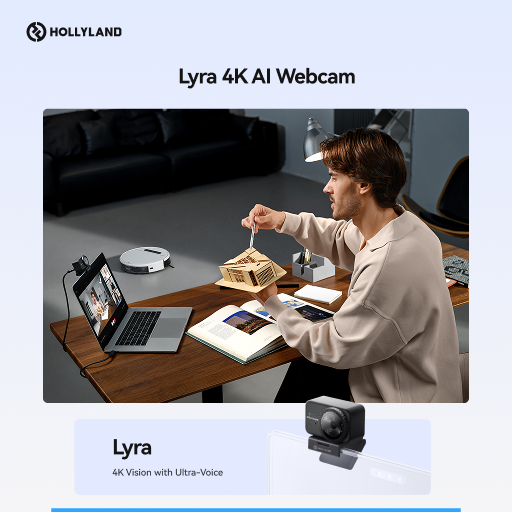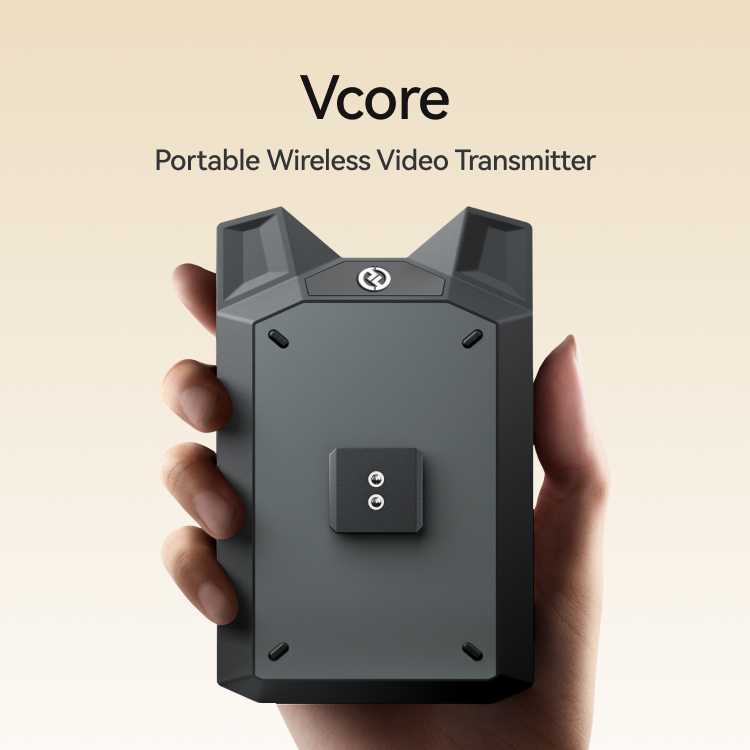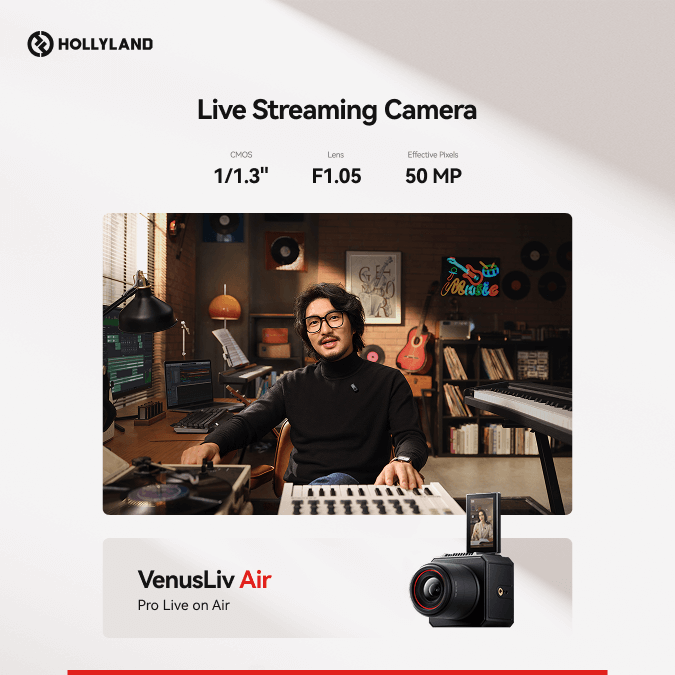Introduction
LinkedIn is a powerful platform for networking, professional growth, and brand visibility. For businesses and individuals alike, tracking LinkedIn impressions is essential to gauge the performance of their posts. But what exactly are LinkedIn impressions, and how many are considered good?

Let’s dive deep into understanding this metric and how it reflects your LinkedIn success.
What is LinkedIn? Why Is It Important?
LinkedIn is more than just a professional networking platform. With over 1 billion members worldwide, it’s a space where individuals and organizations can:
- Showcase expertise.
- Build thought leadership.
- Drive business growth.
The platform allows users to share updates, publish articles, and engage with an audience through likes, comments, and shares. This engagement happens within the framework of an algorithm that rewards content with high visibility (or impressions).
For businesses, LinkedIn offers unparalleled opportunities for B2B marketing and recruitment. Meanwhile, individuals can use the platform to cultivate their brand and discover opportunities.
What Are LinkedIn Impressions, and Why Do They Matter?
Impressions on LinkedIn are defined as the number of times a post, article, or update is displayed in someone’s feed. This number reflects your content’s visibility but not necessarily its impact or engagement.

Impressions vs. Other Metrics
- Reach refers to the number of unique people who see your post.
- Engagement measures actions like likes, comments, and shares.
- Clicks indicate users actively exploring your content further, such as clicking on a link.
While impressions don’t directly measure how engaging or successful your content is, they set the stage for other actions. Without impressions, there’s no visibility, and without visibility, there’s no engagement or clicks.
How Many Impressions Are Considered Good on LinkedIn?
The definition of “good” impressions varies widely depending on your goals, audience size, and LinkedIn activity. Let’s break it down further for personal profiles and company pages.
For Personal Profiles
Smaller Networks (0–500 Connections):
If you’re starting with fewer connections, 300–1,000 impressions per post are a reasonable goal. This shows your content is reaching the majority of your network and potentially beyond.
Mid-Sized Networks (500–1,000 Connections):
A post generating 1,000–5,000 impressions signals good visibility and engagement, suggesting that your content resonates with a larger audience.
Larger Networks (1,000+ Connections):
With a strong and active network, achieving 5,000–20,000 impressions or more is common for posts that add value or spark conversation.
For Company Pages
Small Companies (<1,000 Followers):
For startups or small businesses, 500–2,000 impressions per post are typical, especially for content tailored to a niche audience.
Medium-Sized Companies (1,000–10,000 Followers):
Businesses with a moderate following should aim for 2,000–10,000 impressions, reflecting that their reach extends beyond their direct followers.
Large Companies (10,000+ Followers):
Established organizations with significant brand presence should strive for 10,000–50,000 impressions or more, depending on the content type and industry.
Factors That Affect Impressions on LinkedIn
LinkedIn’s algorithm decides which posts get displayed to users and in what order. Here are the key factors that influence impressions:

1. Quality and Relevance of Content
Content is the cornerstone of LinkedIn visibility. The more valuable and relevant your content is to your audience, the better it performs.
- Relevance to Audience: Posts tailored to your audience’s interests, industry, and pain points are more likely to be viewed and shared.
- Actionable Insights: Sharing tips, strategies, or professional advice encourages engagement.
- Unique Perspectives: Avoid generic updates. Instead, offer unique insights or personal experiences.
- Clear Structure: Posts with clear headlines, concise paragraphs, and a compelling CTA (call to action) tend to attract more views.
2. Engagement Metrics
LinkedIn’s algorithm prioritizes posts with higher engagement, as they are seen as valuable and relevant.
- Likes: A simple like boosts your post’s visibility within the network of the person who liked it.
- Comments: Posts with active conversations get a major algorithmic boost.
- Shares: Content that is shared extends its reach to a broader audience, multiplying impressions.
- Dwell Time: The amount of time users spend viewing your content signals its value to LinkedIn’s algorithm.
3. Posting Time and Frequency
Timing is critical to ensure your posts appear when your audience is most active.
- Best Times to Post: Studies suggest mid-week mornings (e.g., Tuesday to Thursday, 9–11 a.m.) are optimal. However, it’s best to analyze your audience’s habits using LinkedIn analytics.
- Consistency: Posting too sporadically can reduce impressions over time. A consistent schedule (2–3 times per week) keeps your profile active in the algorithm’s eyes.
- Avoid Over-posting: Flooding your audience with posts can lead to diminishing returns, as LinkedIn may deprioritize frequent posters.
4. Network Size and Activity
Your network’s size and level of activity directly impact your impressions.
- Connection Count: A larger network increases the likelihood of impressions, as your content has more feeds to appear in.
- Active Connections: Connections who frequently engage with posts amplify your reach. Building an audience of active and relevant professionals is key.
- Engaging with Others: Interacting with posts from your network increases the chances of reciprocity, where your posts are more likely to be engaged.
5. LinkedIn’s Algorithm
LinkedIn’s algorithm plays a decisive role in determining your content’s reach. It evaluates:
- Initial Engagement: Posts that receive immediate engagement are pushed to a broader audience.
- Content-Type: Certain formats, like videos and carousel posts, are favored over plain text updates.
- Relevance Signals: The algorithm matches content with users based on interests, industry, and job titles.
6. Use of Visuals and Multimedia
Posts with images, videos, or infographics often outperform text-only updates.
- Images: Bright, professional visuals grab attention as users scroll through their feeds.
- Videos: Short videos (30–90 seconds) that deliver quick, valuable insights see higher engagement.
- Infographics: These are highly shareable and condense complex information into an easily digestible format.
- Carousels: Multi-image posts allow storytelling, which often leads to higher dwell time and engagement.
7. Hashtags and Keywords
Using the right hashtags and keywords can significantly boost impressions by making your posts discoverable.
- Relevant Hashtags: Use 3–5 targeted hashtags per post to improve visibility. For example, a post about “career growth” might include #CareerGrowth, #ProfessionalDevelopment, and #LinkedInTips.
- Trending Hashtags: Participating in trending conversations can amplify your reach.
- SEO-Friendly Keywords: Incorporate keywords that your target audience is searching for, ensuring your posts show up in LinkedIn’s search results.
8. Profile and Page Optimization
Your profile or company page’s credibility affects how your content is received.
- Complete Profile/Page: Ensure your profile or page is fully optimized with a professional photo, clear description, and up-to-date details.
- Strong Headline and Summary: A compelling headline and summary establish authority, making users more likely to engage with your posts.
- Page Followers: For company pages, a larger follower base naturally increases impressions.
9. External Sharing
Sharing LinkedIn content outside the platform extends its reach.
- Email Newsletters: Embed LinkedIn posts in your newsletter to drive impressions.
- Other Social Media Platforms: Share links to your LinkedIn post on platforms like Twitter or Facebook.
- Cross-Collaboration: Partner with colleagues or industry influencers to co-create and share content.
10. Post Length and Readability
Both overly long and overly short posts can limit impressions.
- Brevity for Updates: Short, snappy posts often grab attention quickly.
- Detail for Articles: When writing LinkedIn articles, longer, well-researched content often performs better.
- Bullet Points: Use bullet points or numbered lists to make posts easier to skim.
Common Pitfalls to Avoid
1. Posting Without Strategy
Random or irrelevant content can hurt your impressions and disengage your audience.
2. Ignoring Comments
Responding to comments shows that you value engagement, and encouraging further interactions.
3. Overloading with Hashtags
While hashtags improve discoverability, overusing them can make posts look spammy.
4. Posting During Low Activity Periods
Timing is crucial. Avoid posting late at night or during weekends when professional audiences are less active.
Conclusion
There’s no one-size-fits-all answer to how many impressions are “good” on LinkedIn. Success depends on your goals, network size, and the type of content you share.
For smaller networks, a few hundred impressions might indicate great visibility, while for larger accounts or company pages, tens of thousands of impressions are achievable and desirable. Regardless of the numbers, focus on consistent engagement, valuable content, and relationship-building to maximize your impact.
Remember, impressions are just the first step—turning those impressions into meaningful conversations and connections is where the true value lies.
Keep in touch with cutting-edge wireless technology! Explore Hollyland’s blogs to get the most up-to-date information on wireless solutions, video transmission, Technology, and professional advice designed for content producers and creators in a dynamic environment.
To enhance your experience, visit our website for a range of products, including video solutions, intercom systems, wireless microphones, and cameras, tailored to meet your ultimate production needs.
As you optimize your content strategy to boost LinkedIn impressions, incorporating high-quality videos can significantly enhance audience engagement. Using a reliable streaming camera ensures your LinkedIn videos appear professional, crisp, and appealing, attracting more views and interactions.
FAQs
Q1: What is the difference between LinkedIn impressions and views?
Impressions refer to the number of times your post appears in a feed, while views count how many users clicked to see your content (e.g., an article or video).
Q2: How can I increase LinkedIn post impressions quickly?
Tagging relevant professionals, using trending hashtags, and posting during peak times can give your post an immediate boost.
Q3: Are more impressions always better?
Not necessarily. High impressions with little engagement might indicate that your content isn’t resonating with your audience. Focus on quality over quantity.
Q4: How often should I post on LinkedIn?
Posting 2–3 times a week ensures consistency without overwhelming your network.
Q5: Can I use LinkedIn Ads to increase impressions?
Yes, LinkedIn Ads are a great way to amplify your reach, especially for targeting specific demographics or industries.
By focusing on strategic content creation and engagement, you can not only increase your impressions but also unlock new opportunities on LinkedIn.
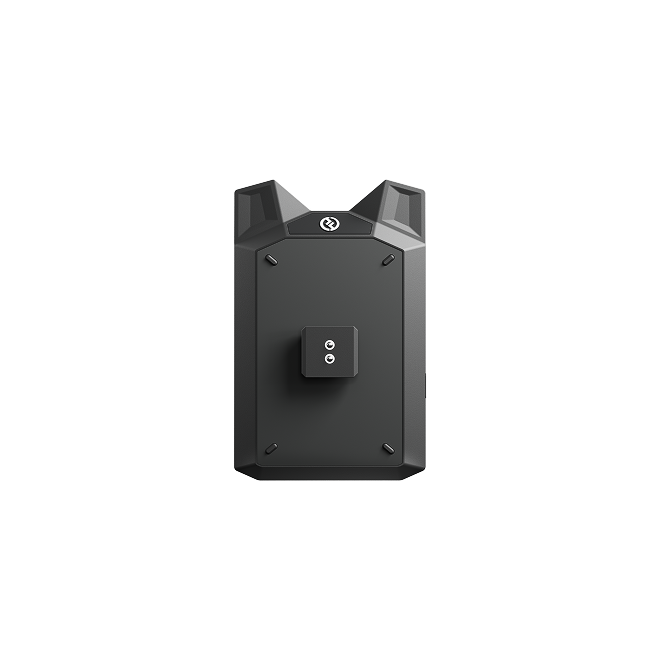

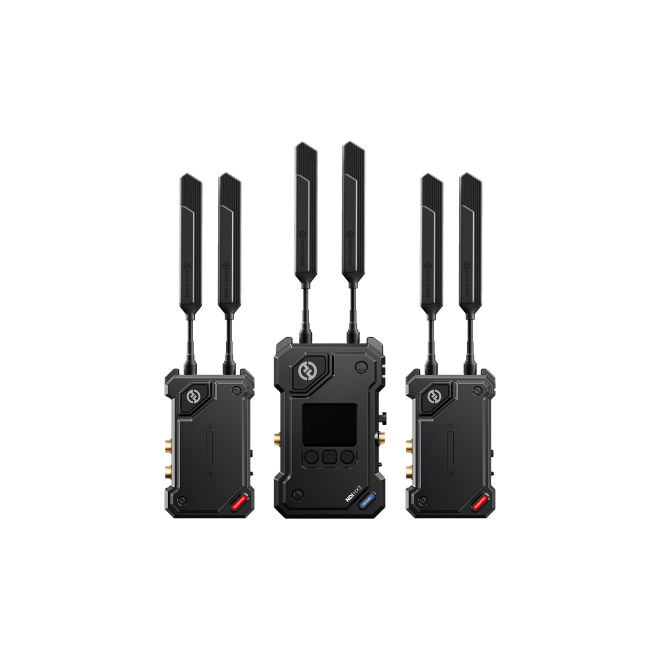
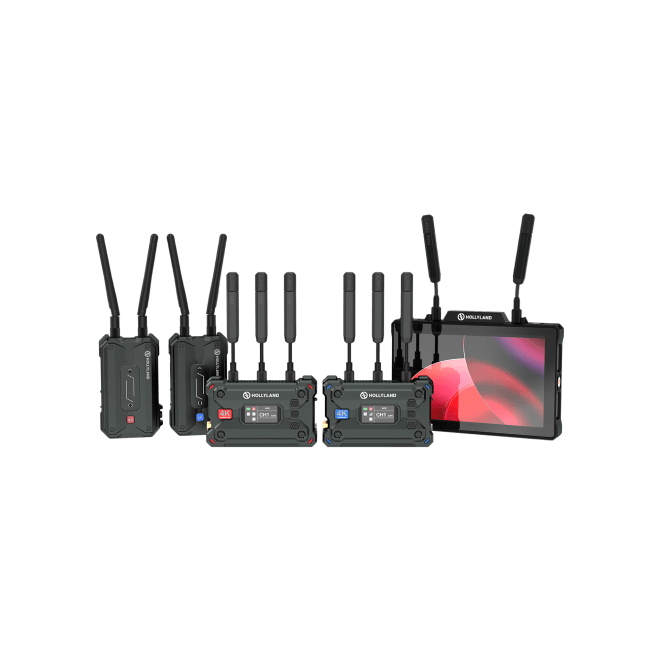
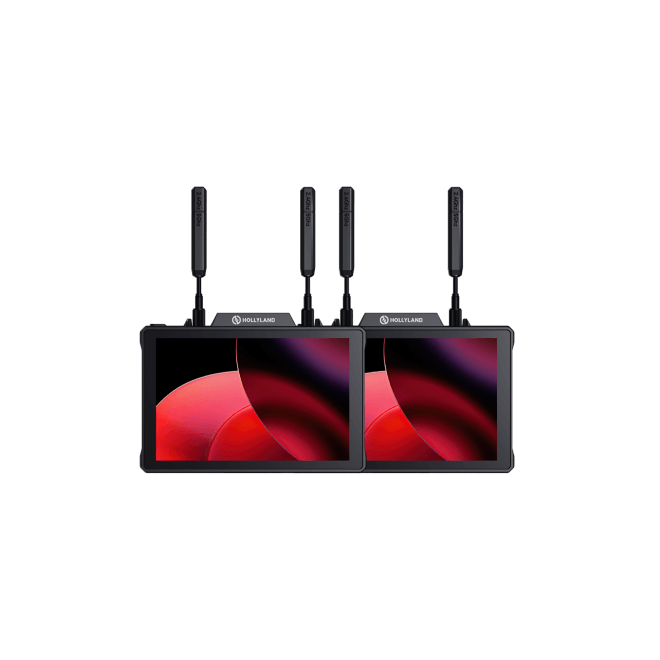
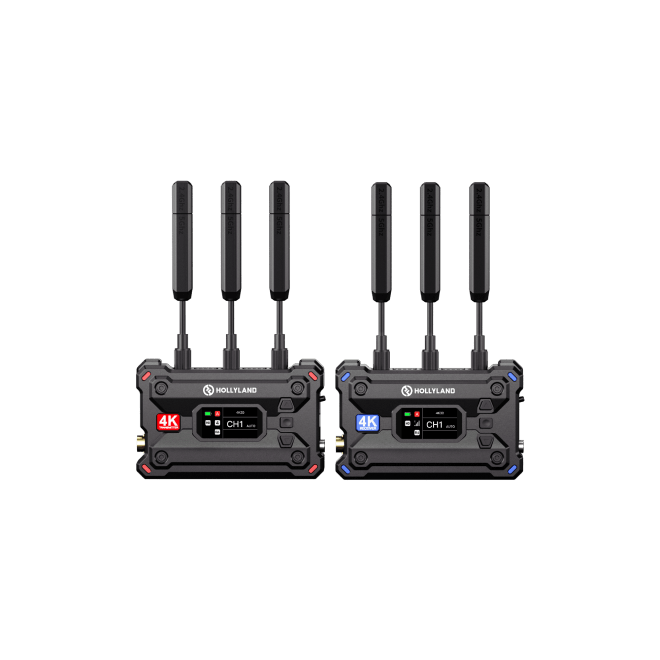
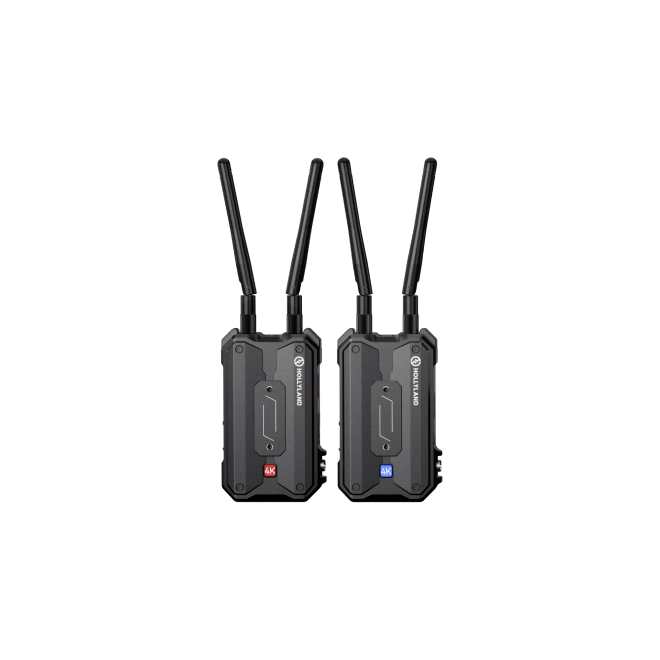
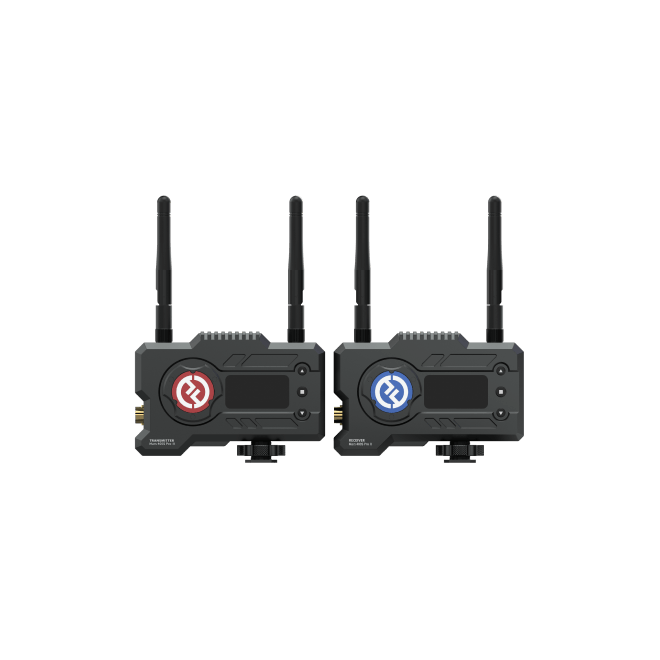
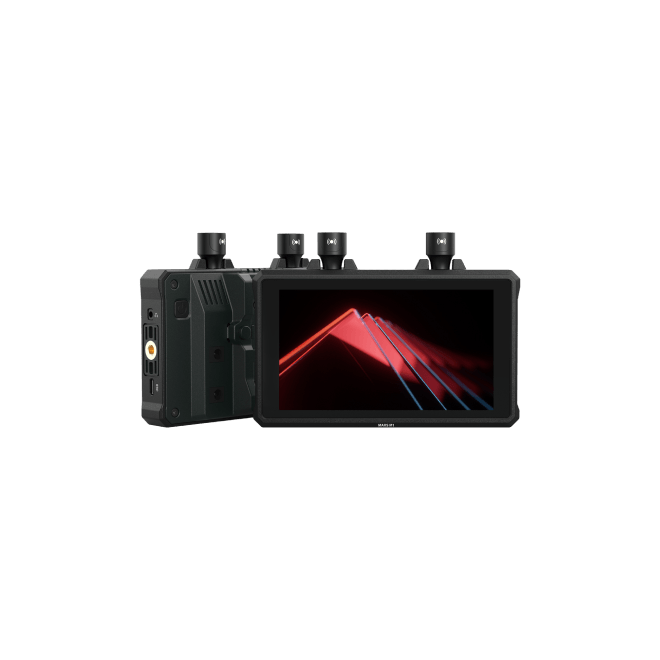
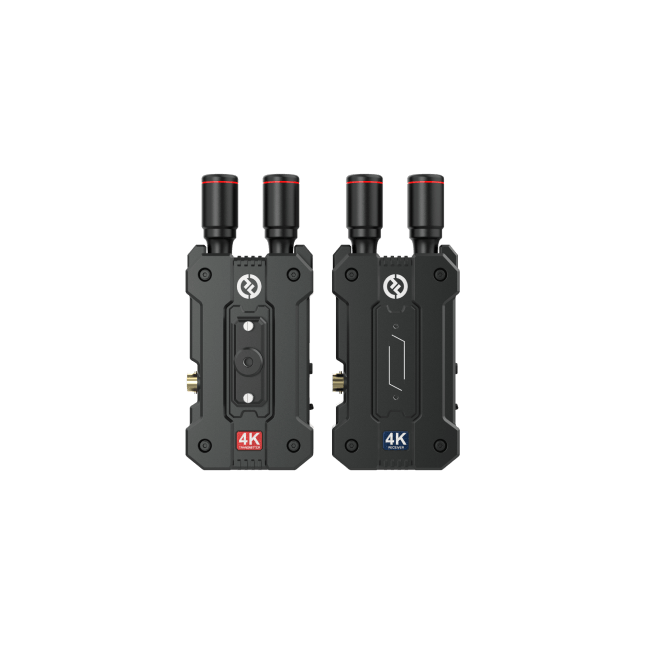
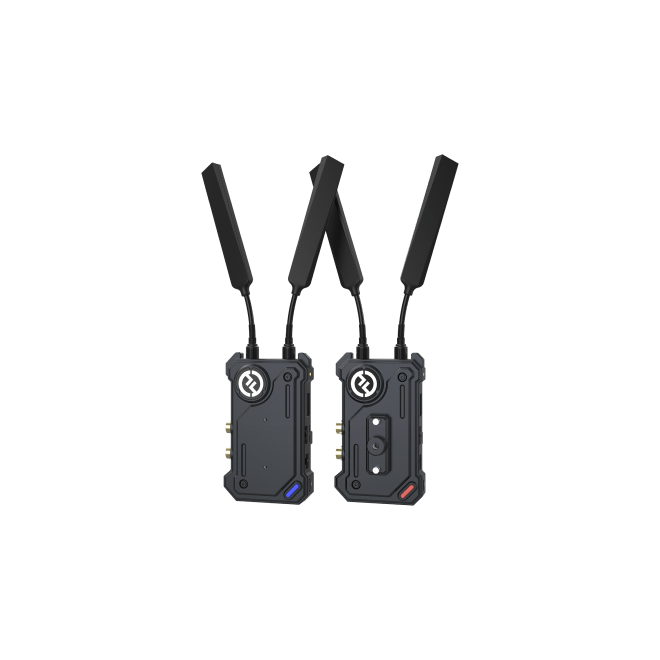
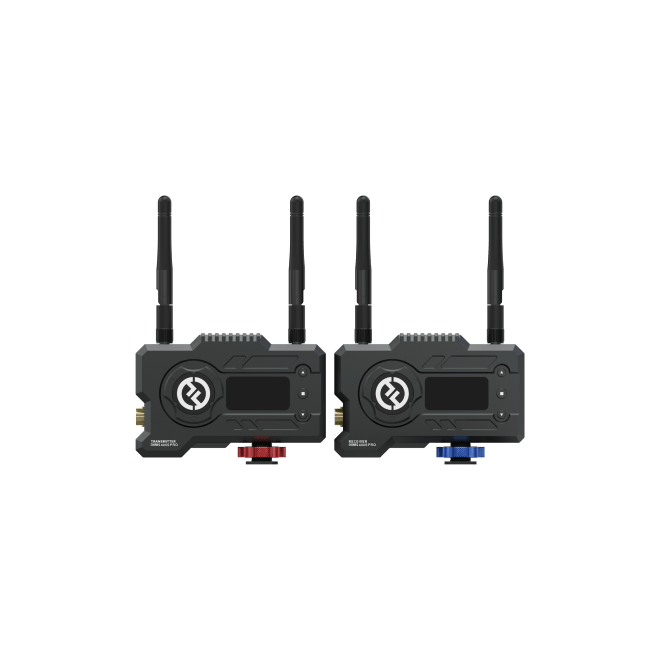
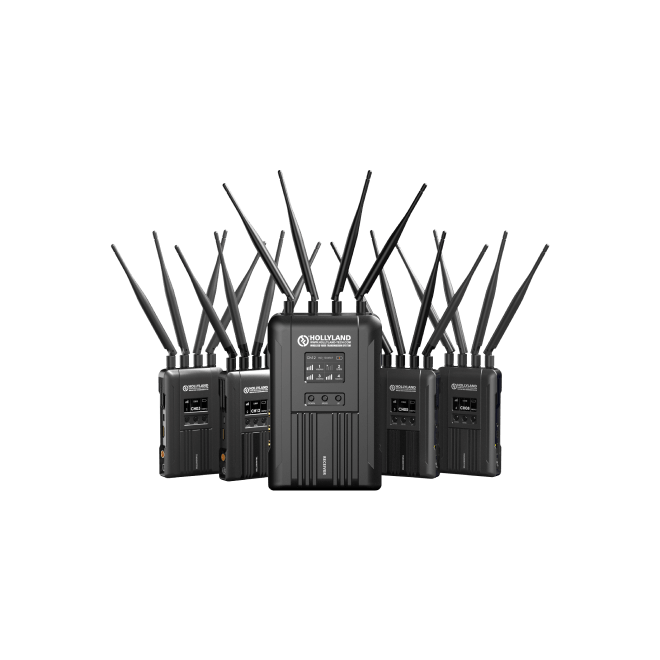
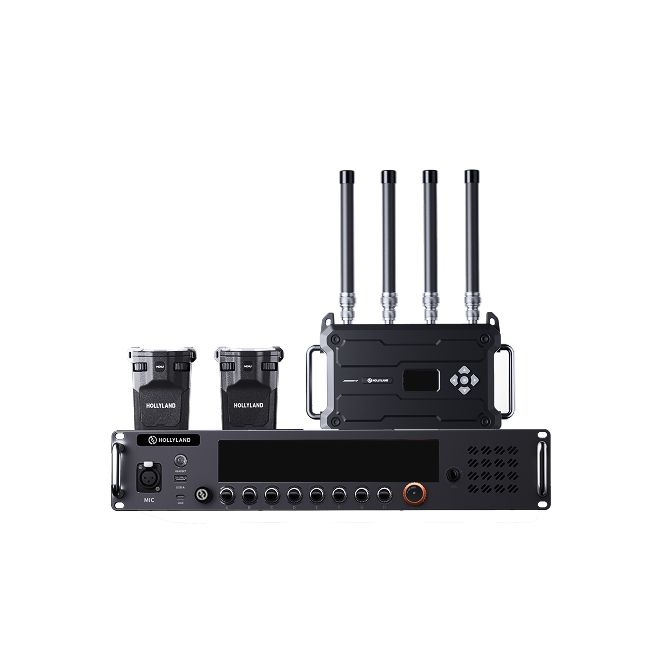
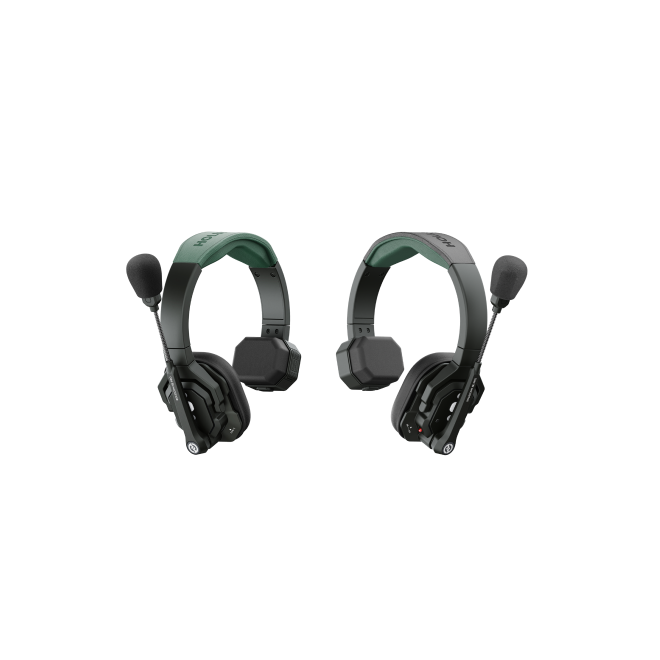
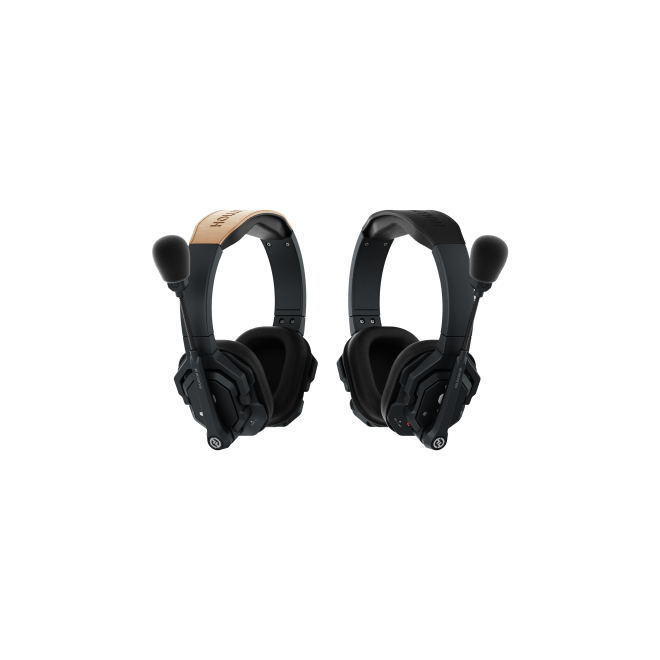
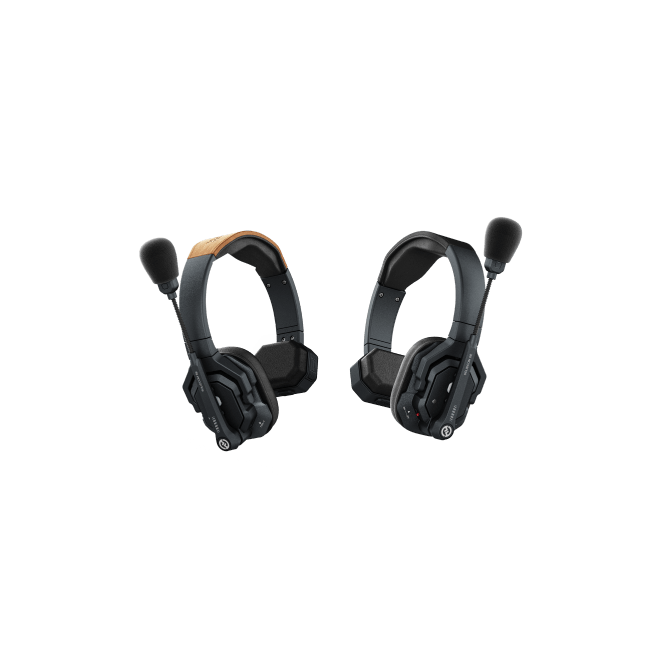
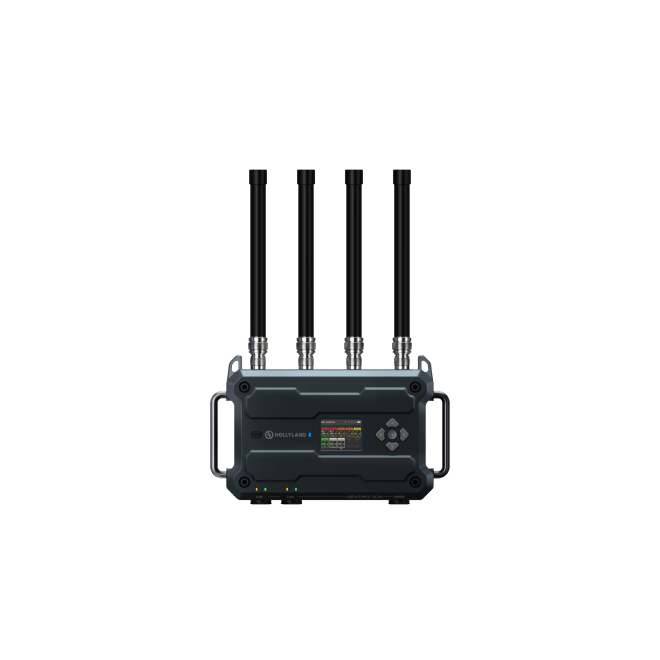
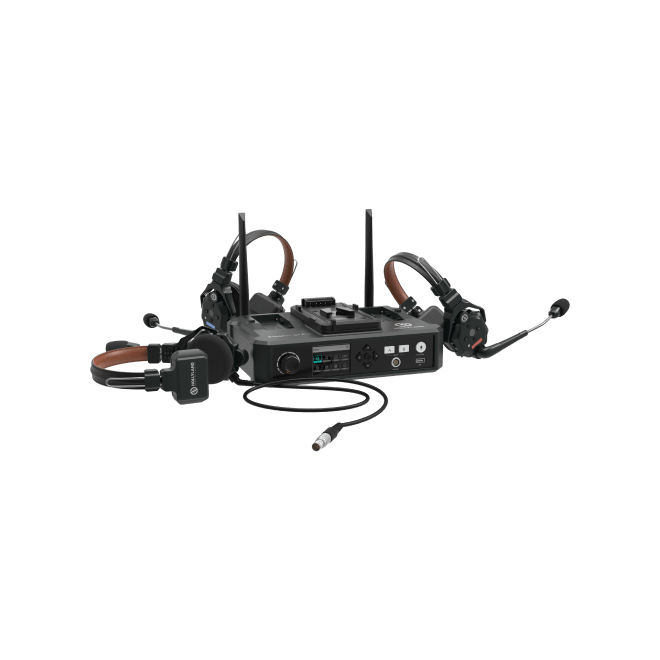
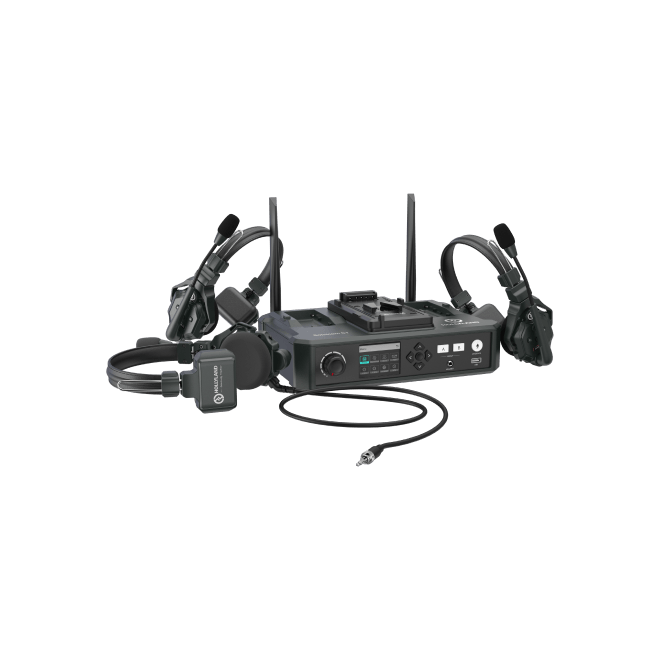
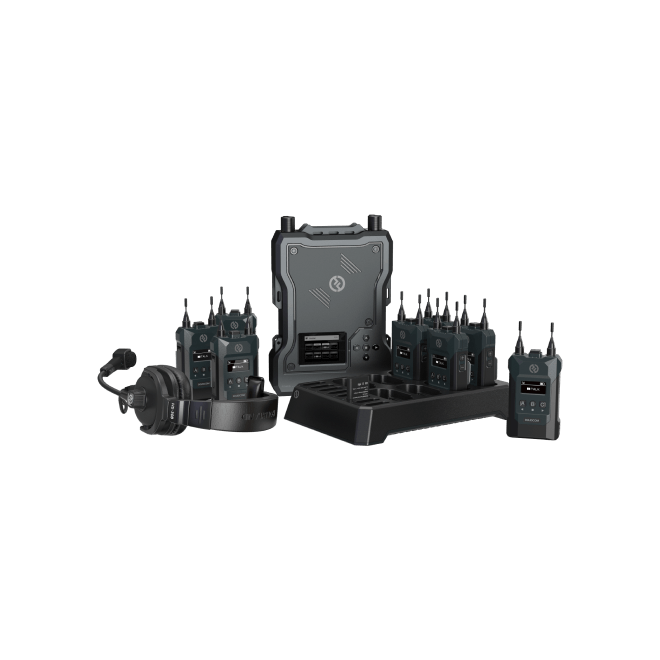
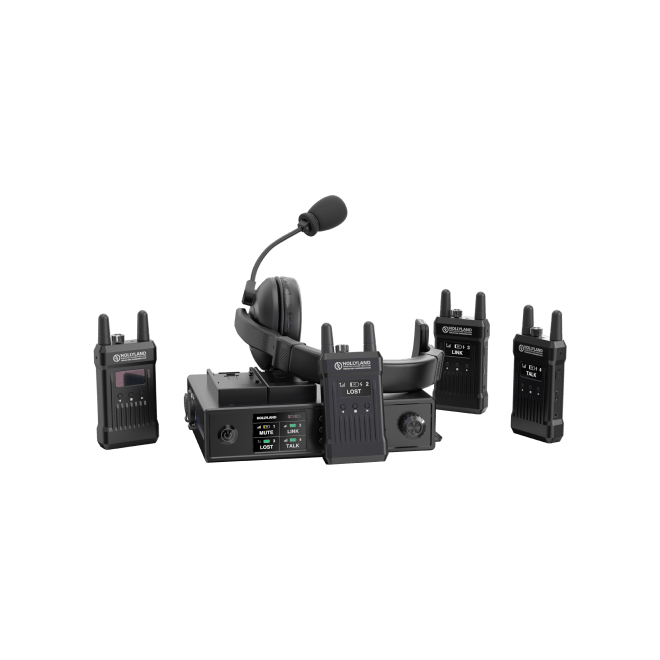
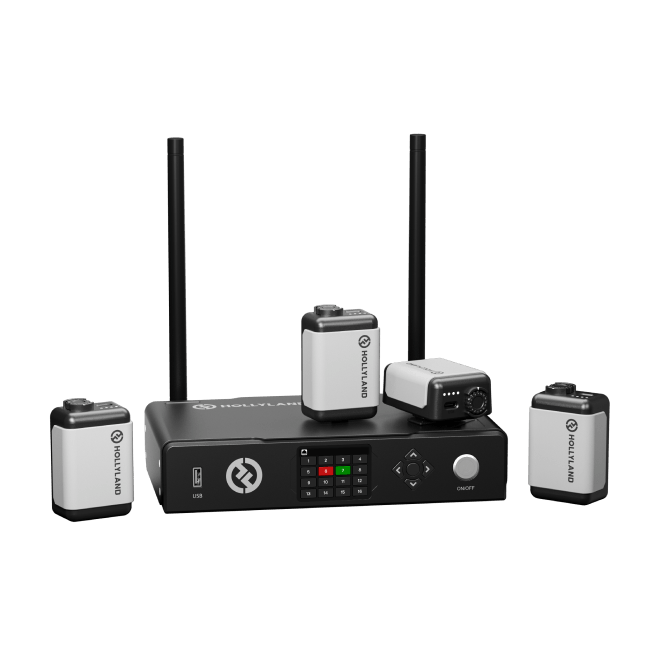
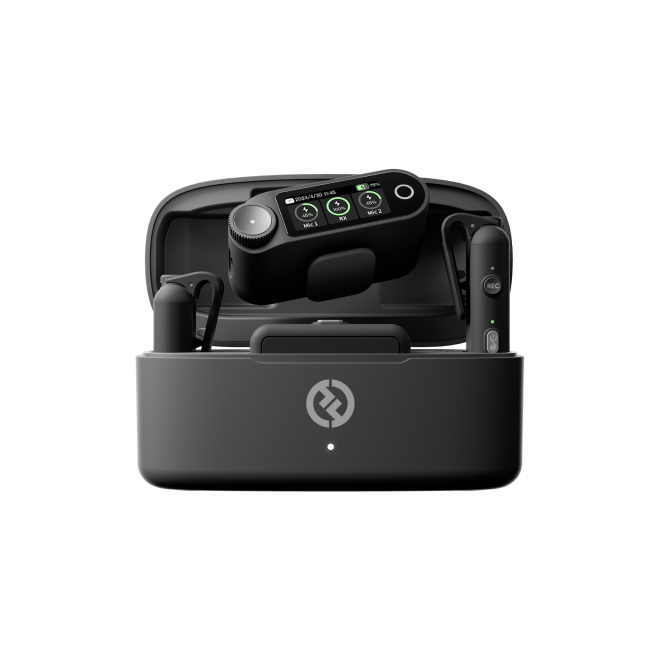
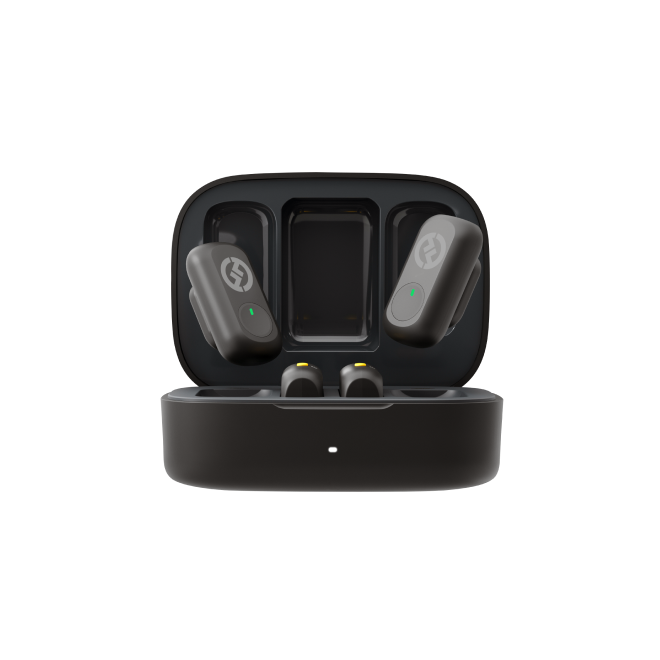

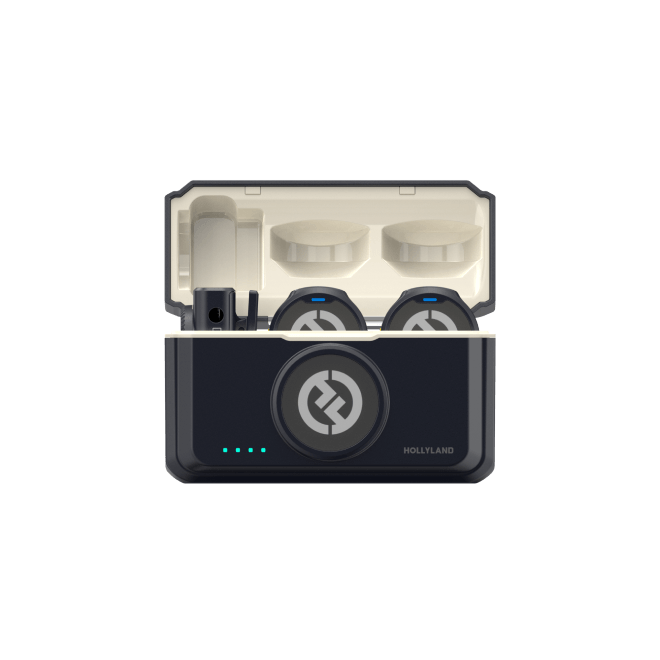
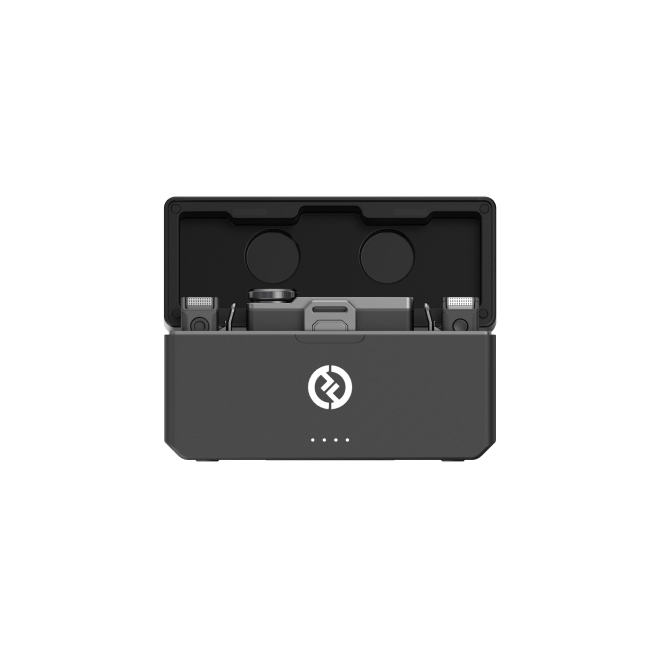
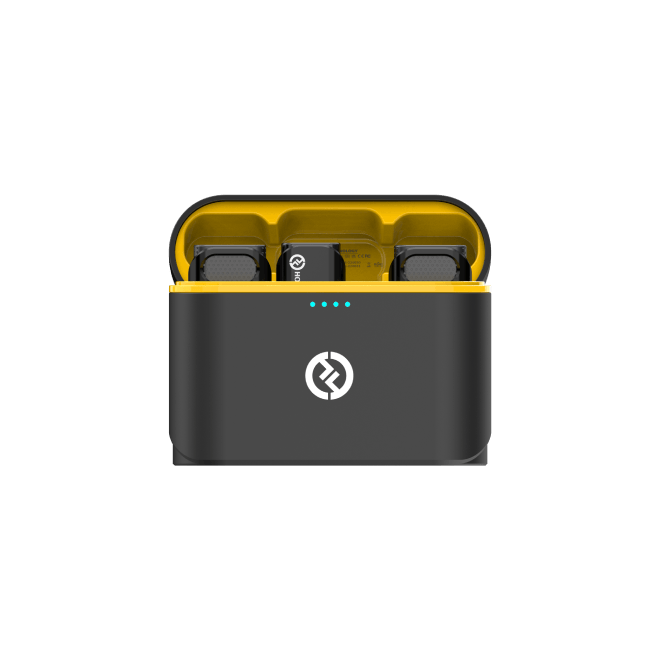
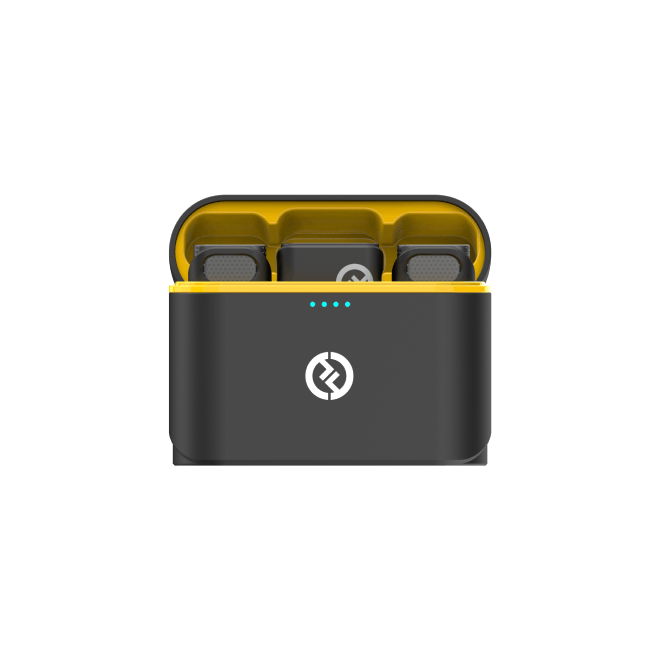
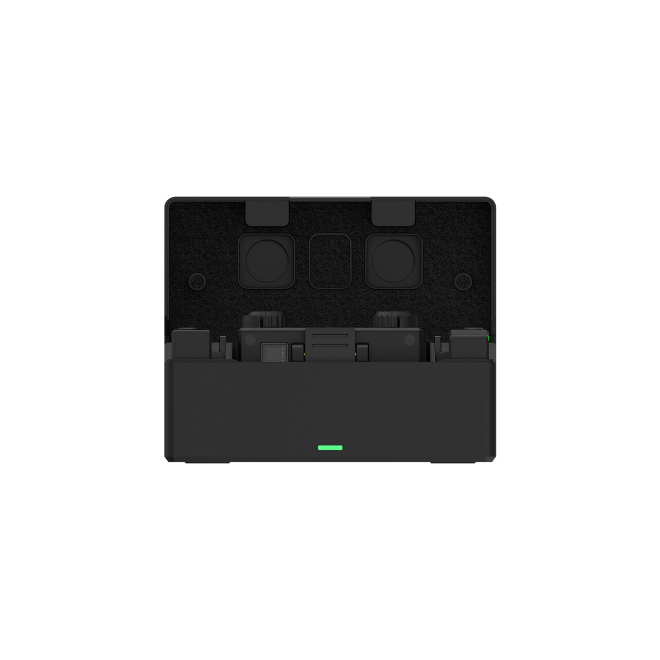
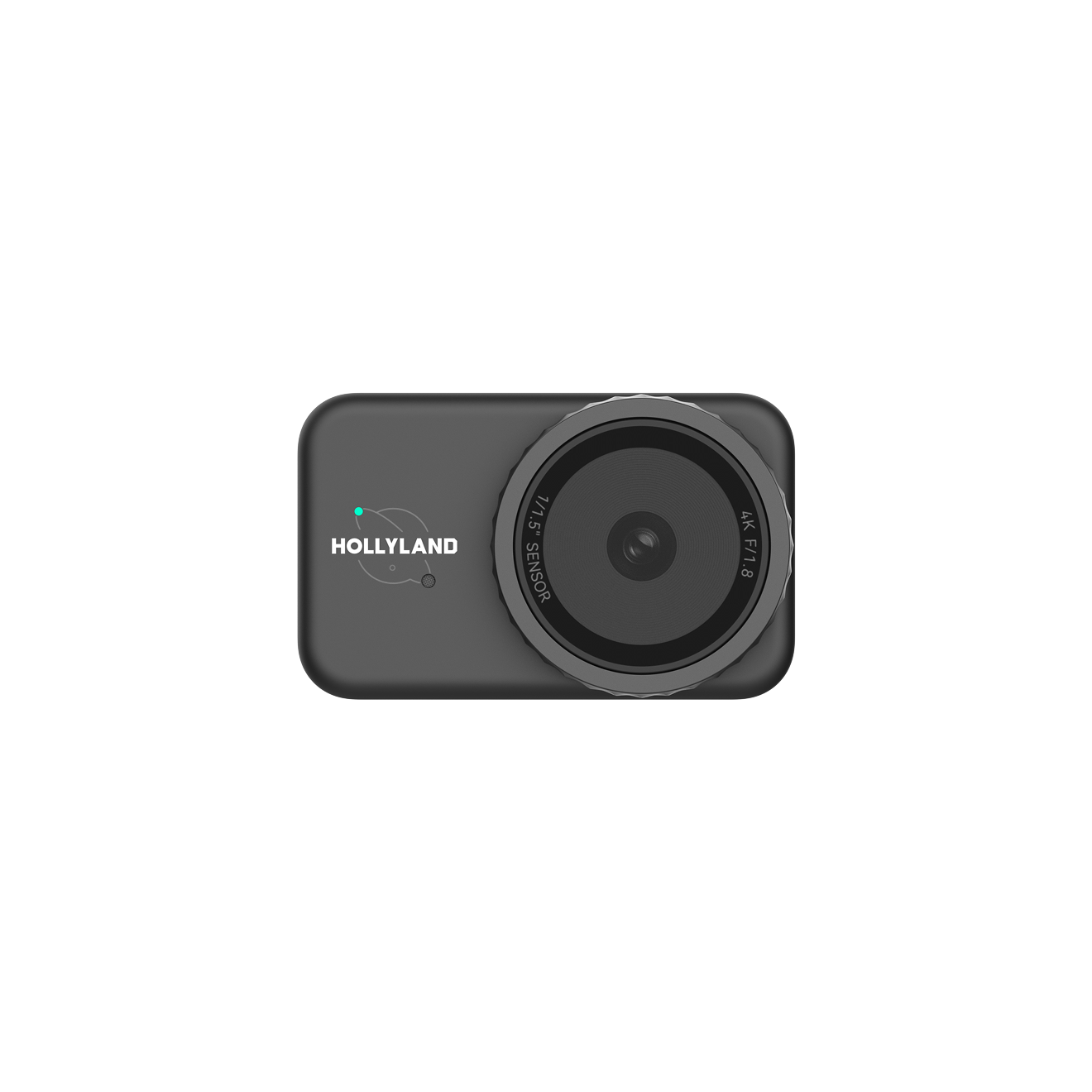

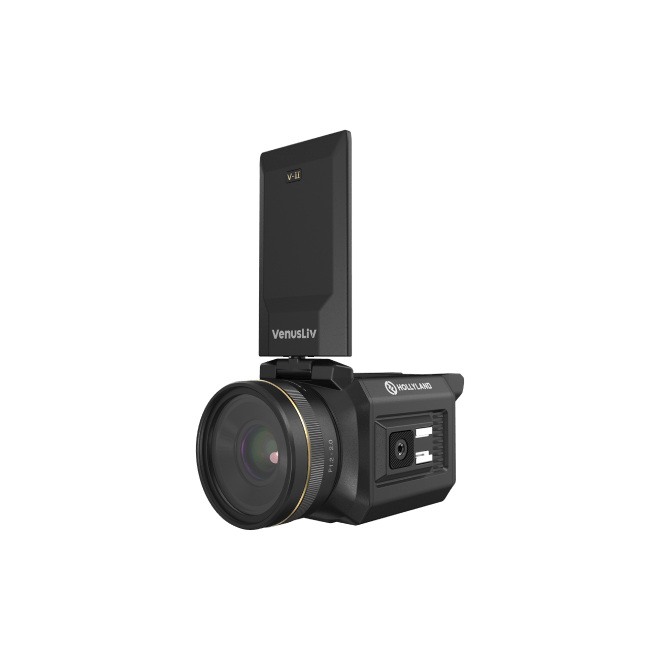
.png)



